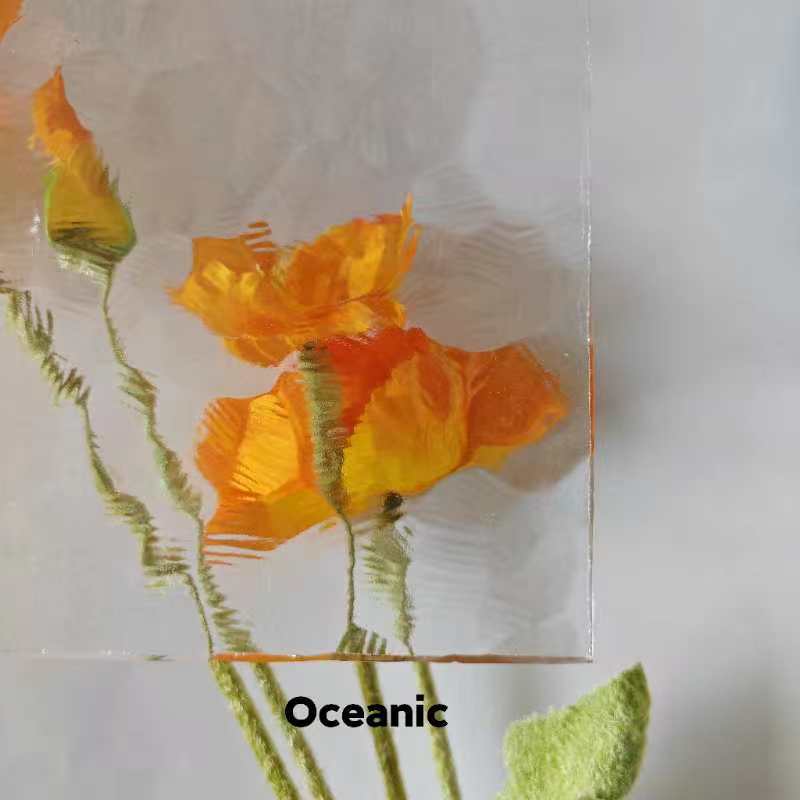

The Benefits and Applications of Low-E 272 Glass
Low-emissivity (Low-E) glass has revolutionized the way we think about building materials and energy efficiency in modern architecture. Among the various types of Low-E glass available in the market, Low-E 272 glass stands out for its unique properties and applications. This article explores the benefits of Low-E 272 glass, its technological innovations, and its role in sustainable building practices.
What is Low-E 272 Glass?
Low-E 272 glass is a type of insulating glass that has a microscopically thin metallic coating, which minimizes the amount of infrared and ultraviolet radiation that can pass through it without compromising the amount of visible light that enters. This dual functionality is achieved by optimizing the solar heat gain coefficient (SHGC) and the visible light transmittance (VLT). The '272' designation refers to the glass's specific performance ratings, indicating its ability to reflect heat and maintain comfortable indoor temperatures efficiently.
Energy Efficiency
One of the primary advantages of Low-E 272 glass is its energy efficiency. By reflecting heat during the summer and retaining it during the winter, Low-E 272 glass can significantly reduce the need for artificial heating and cooling. This leads to lower energy bills and less reliance on fossil fuels. Buildings that utilize Low-E 272 glass often report increased comfort levels for occupants, as this type of glass helps maintain consistent indoor temperatures regardless of external weather conditions.
Environmental Impact
Choosing Low-E 272 glass is not just an economically smart decision; it also has a positive environmental impact. By reducing energy consumption, buildings utilizing this technology contribute to lower greenhouse gas emissions, which is essential in the fight against climate change. Additionally, the energy savings realized through the use of Low-E glass can lead to a reduction in the overall carbon footprint of a building over its lifetime.

Enhanced Comfort and Aesthetic Appeal
In addition to its energy-efficient properties, Low-E 272 glass enhances occupant comfort. The glass minimizes glare and maintains excellent daylighting, allowing for plenty of natural light without the discomfort of excessive heat. This aspect is particularly important in commercial buildings where productivity may be affected by uncomfortable working conditions.
Moreover, Low-E 272 glass can be manufactured in various colors and finishes, allowing architects and designers greater flexibility in creating visually appealing structures. Its clarity and brilliance can enhance the aesthetic value of both residential and commercial buildings, making it a popular choice for modern architecture.
Applications of Low-E 272 Glass
The versatility of Low-E 272 glass makes it suitable for various applications. It is commonly used in residential homes, high-rise offices, commercial buildings, and even in educational institutions. It is perfect for windows, glass doors, and curtain walls.
In residential applications, homeowners often appreciate the energy savings during both summer and winter, which enhance overall comfort in their living spaces. In commercial settings, the glass is ideal for large façades and window assemblies that require high visibility combined with energy savings.
Conclusion
In summary, Low-E 272 glass represents a significant advancement in glass technology, combining energy efficiency, environmental sustainability, and aesthetic appeal. As the world increasingly shifts toward more sustainable building practices, Low-E 272 glass is poised to play a crucial role in the future of architecture and construction. With its myriad benefits, it stands as an excellent investment for both builders and occupants alike, serving to create comfortable, energy-efficient environments while contributing positively to the planet. As more industries recognize the importance of energy-efficient materials, the adoption of Low-E 272 glass will likely continue to grow, paving the way for a greener future.